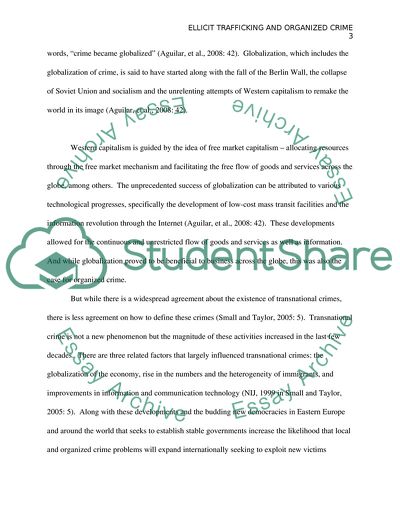Cite this document
(Illicit Trafficking and Organized Crime Term Paper, n.d.)
Illicit Trafficking and Organized Crime Term Paper. Retrieved from https://studentshare.org/law/1770305-illicit-trafficking-and-organized-crime
Illicit Trafficking and Organized Crime Term Paper. Retrieved from https://studentshare.org/law/1770305-illicit-trafficking-and-organized-crime
(Illicit Trafficking and Organized Crime Term Paper)
Illicit Trafficking and Organized Crime Term Paper. https://studentshare.org/law/1770305-illicit-trafficking-and-organized-crime.
Illicit Trafficking and Organized Crime Term Paper. https://studentshare.org/law/1770305-illicit-trafficking-and-organized-crime.
“Illicit Trafficking and Organized Crime Term Paper”, n.d. https://studentshare.org/law/1770305-illicit-trafficking-and-organized-crime.


